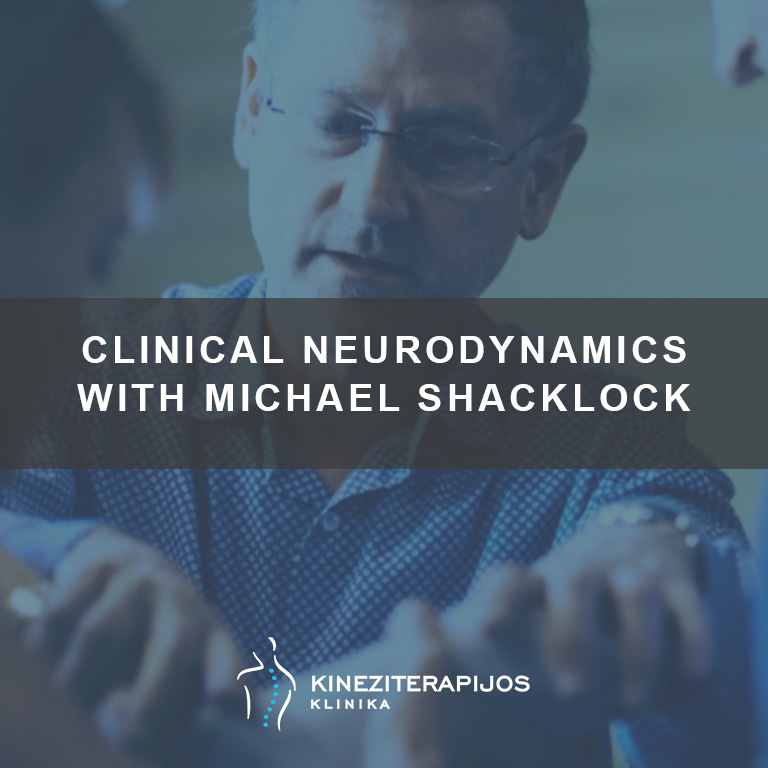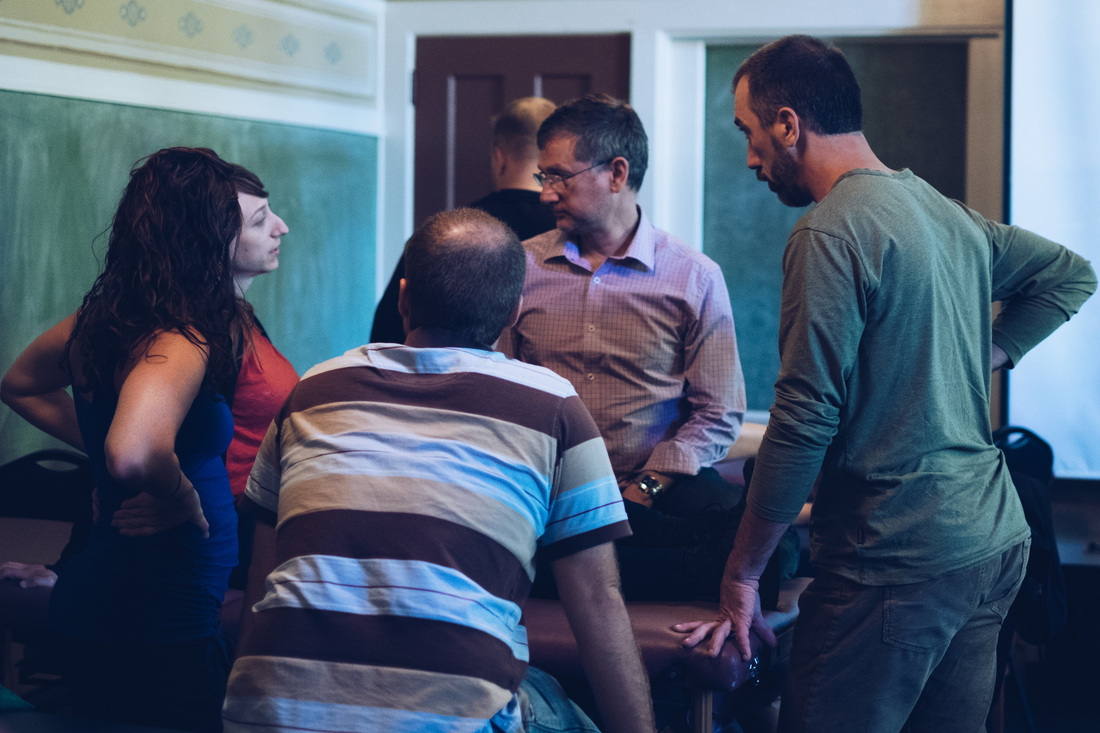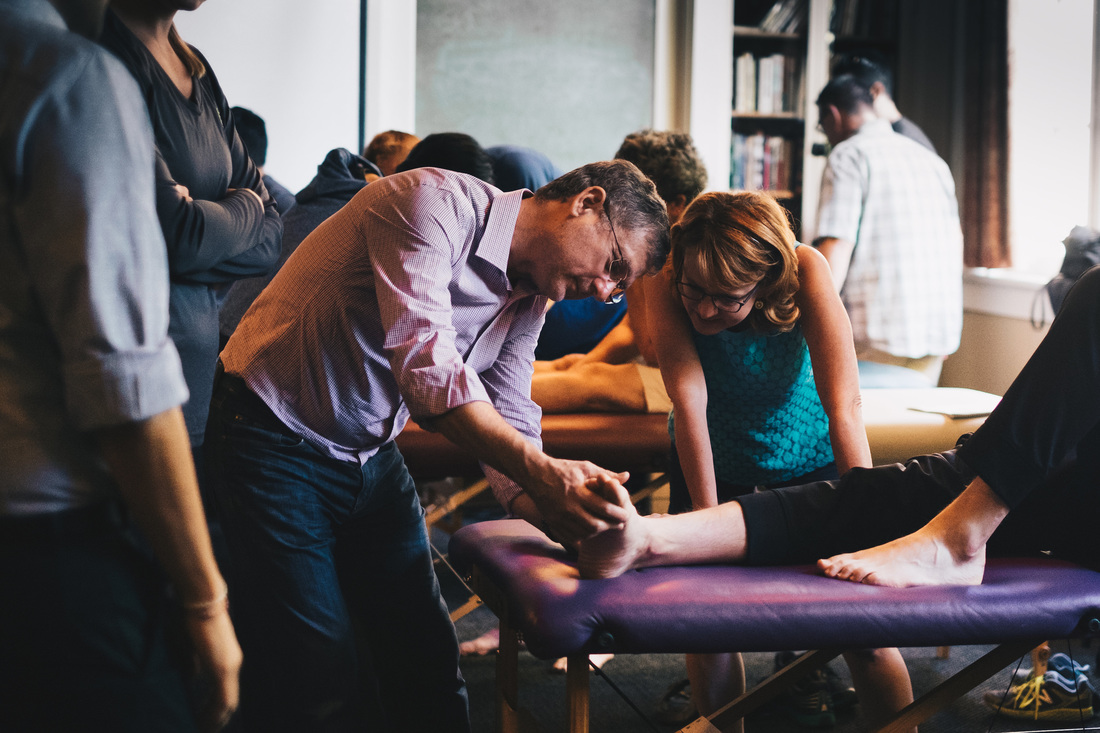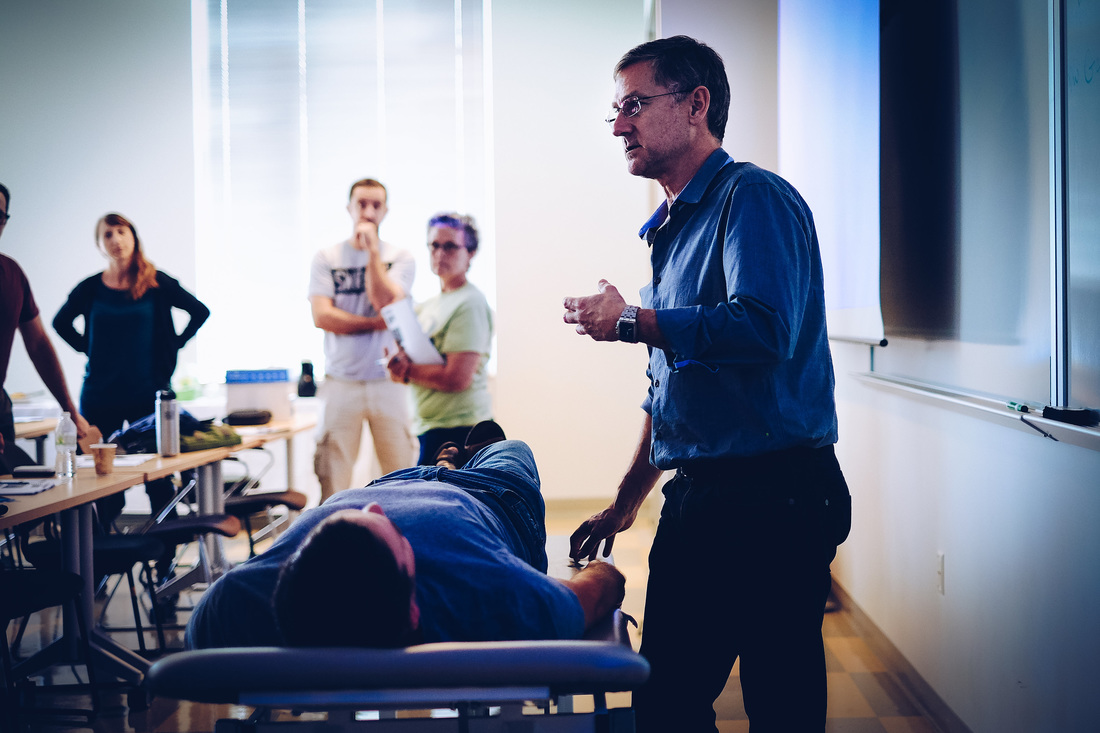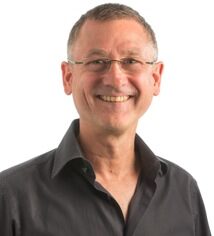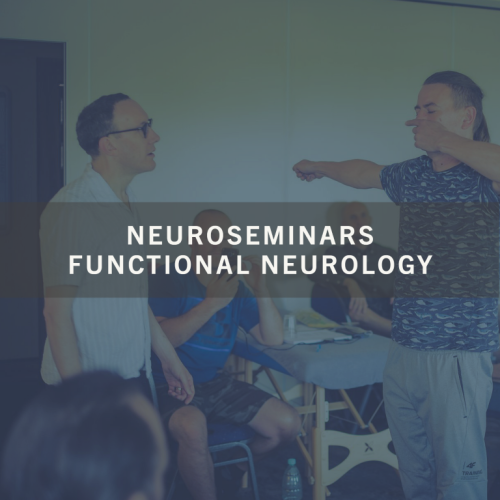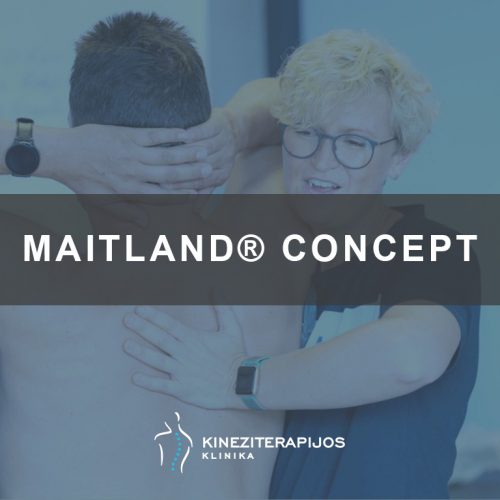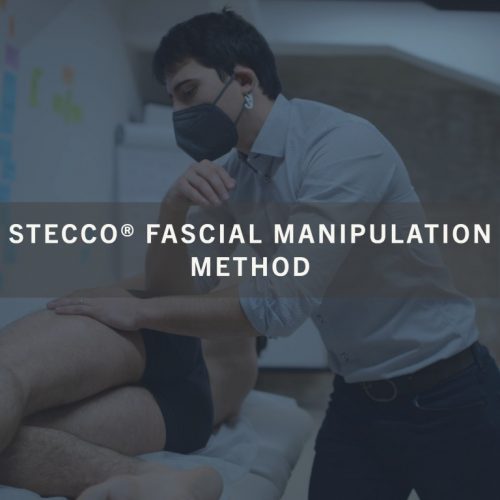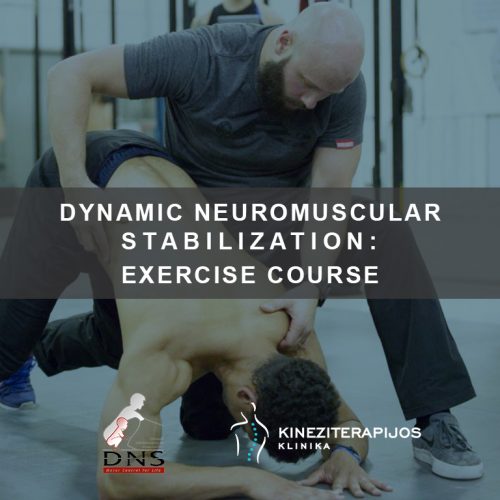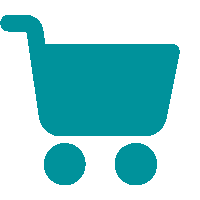DAY 1 – 9:00 – 18.00
9:00-11.30 – Concept of neurodynamics: general and specific – theory
‣ convergence
‣ sliding, tensioning
‣ neurodynamic sequencing
‣ linking mechanics and physiology
‣ neurodynamic tests
‣ structural differentiation
‣ contralateral neurodynamic tests
11:30-13:30 – Nerve palpation – practical
‣ median nerve at wrist and elbow, motor branch median nerve
‣ ulnar nerve at wrist and elbow
‣ posterior interosseous nerve at elbow
‣ radial sensory nerve
‣ brachial plexus lower cervical spinal nerves
13.30-14.30 Lunch
14.30-16.00 – Standard Neurodynamic Testing – practical
‣ median nerve 1 and 2, brachial plexus and nerve roots
‣ ulnar neurodynamic test
‣ radial neurodynamic test
16:00-18:00 – Diagnosis with neurodynamic tests – theory/practical
‣ musculoskeletal, normal, abnormal covert and overt responses
‣ Planning physical examination and treatment – levels/types 0, 1, 2, 3a, b, c
DAY 2 – 9:00 – 18.00
9:00-11:00 – Diagnostic categories – theory
‣ interface: reduced closing, reduced opening
‣ neural tension dysfunction and their causes
‣ mechanisms of pathophysiology
11:00-11:30 – Method of treatment – theory
‣ pathophysiology
‣ pathomechanics
‣ progression system
‣ static openers, dynamic openers, dynamic closing techniques
‣ neural offloaders sliders, tensioners
‣ systematic of application and technique schema
11:30-13:30- Treatment – practical
‣ neck pain and cervical radiculopathy
‣ opening and closing dysfunctions
‣ combined opening and closing dysfunctions with neural tension – multistructural
13.30-14.30 Lunch
14:30-16:00 – Treatment (cont) – practical
‣ cervical neural tension dysfunction, contralateral level 1 nerve root techniques
‣ level 2, 3 neurodynamic technique
‣ progressions from protect to mobilisation strategies- complete cervical spine dysfunctions
16:00-18:00 – Treatment – practical
‣ lateral elbow pain (supinator tunnel syndrome) opening, closing sliders, tensioners
‣ carpal tunnel syndrome, openers and closers, sliders and tensioners, multistructural
DAY 3 – 9:00 – 18.00
9.00-11.30 – Advances in Neurodynamics – theory
‣ neurodynamics in perspective
‣ dyskinaesia in relation to nerve
‣ neurodynamic models: cooperative and competitive
‣ advances in neuropathodynamics
‣ advanced classification of techniques – 1a, b, c.
11.30-13.30 – New neurodynamic tests – practical
‣ contralateral and bilateral neurodynamic tests
‣ bilateral MNT
‣ bilateral SLR for neck pain.
Suprascapular and axillary nerves
‣ palpation, neurodynamic testing
‣ treatment.
13.30-14.30 Lunch
14.30-16.00 – Thoracic outlet syndrome and shoulder dyskinaesia – practical
‣ level 1 (pain relief) to level/type 3c (high performance)
‣ costoclavicular space opener to closers
‣ pectoralis minor, brachial plexus and shoulder dynamics.
16.00-18.00 – Advances in Neuropathodynamics – theory
Cervicobrachalgia – complex diagnoses:
‣ opening and nerve
‣ closing and nerve
‣ muscle hyperactivity and neural relationships.
Physical examination – practice
‣ observation and hypothesis generation
‣ physical testing of hypotheses
‣ planning treatment.
Day 4 – 9:00 – 18.00
9.00-11.30 – Treatment – nerve in conjunction with interface – practical
‣ levator scapulae
‣ upper trapezius
‣ anterior and middle scalenes.
11:30-13:30 – Neural aspect to cervicogenic headache – theory
‣ dural and myofascial aspects:
‣ theory, specific anatomy and neurodynamics.
13.30-14.30 Lunch
14.30-16.00 – Physical examination and treatment – practical
‣ palpation occipital nerves
‣ neurodynamic testing
‣ treatment of neurodynamics
‣ progressions – levels 1-3.
16:00-18.00 – Case discussions – clinical reasoning and problem solving.
Close – 18:00

